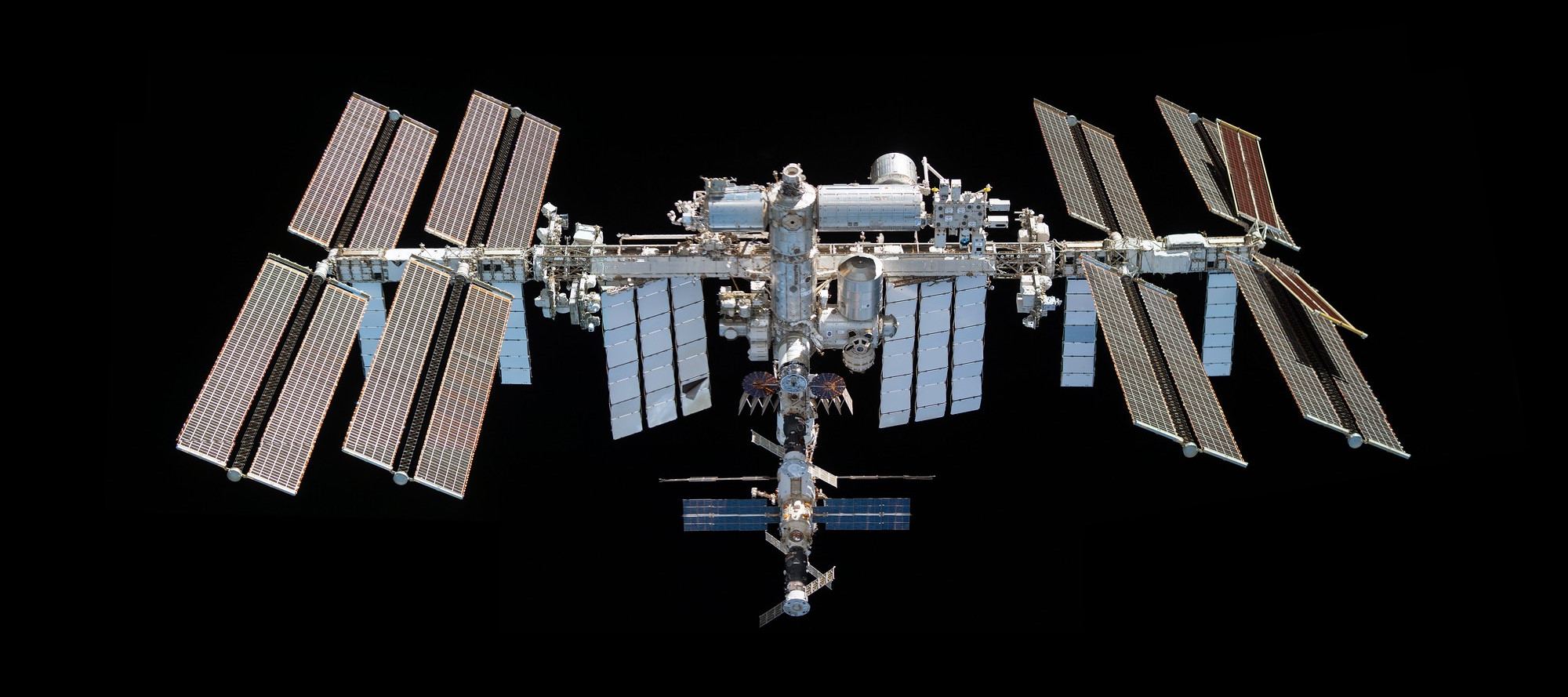If you enjoyed this summer’s display of aurora borealis, thank the Sun’s corona. The corona is the Sun’s outer layer and is the source of most space weather, including aurorae. The aurora borealis are benign light shows, but not all space weather produces such harmless displays; some of it is dangerous and destructive.
In an effort to understand space weather and the solar corona, the National Science Foundation aimed the world’s most powerful solar telescope, the Daniel K. Inouye Solar Telescope, at the corona to map its magnetic fields.
Continue reading “Groundbreaking New Maps of the Sun’s Coronal Magnetic Fields”









